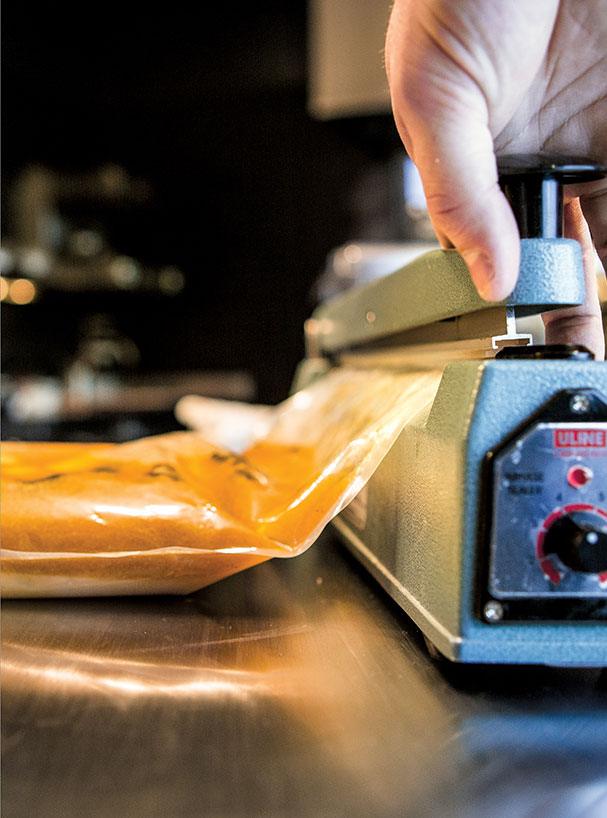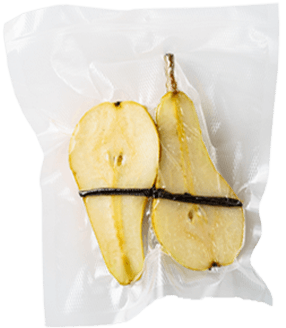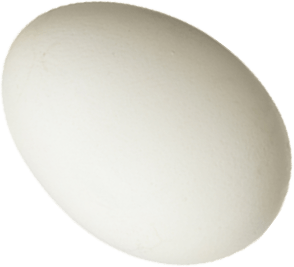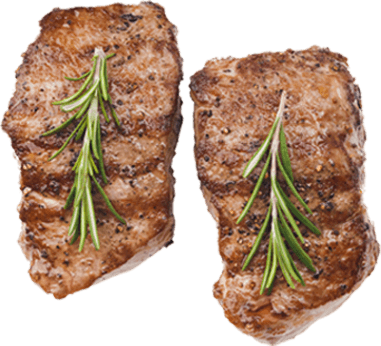“The power of sous vide is that it enables you to precisely prepare food with more tenderness and flavor than can be obtained through traditional cooking techniques. Sous vide makes it possible to unlock the full potential of food.”
DR. BRUNO GOUSSAULT , SOUS VIDE PIONEER

The late food journalist Henri Gault once said of the method: “Sous vide cooking is to the kitchen what cinema is to the theater.” Sous vide is a cooking technique that allows you to cook food at a precise temperature to achieve a consistent result that maximizes the taste, texture, and aroma of food. Cooking sous vide involves sealing the food in a plastic pouch, essentially creating a “second skin,” and immersing the food in a water bath set for a series of precise temperatures and times. The technique was first widely utilized for industrial food production, and over the past several decades, professional chefs in nearly all of the best restaurants across the Americas and Europe have used the technique to maximize the flavor and texture of food—to serve the absolute-best steak, fruit, grain, vegetable, or oil (the applications for sous vide are infinitely ripe for experimentation!) to patrons. Today, sous vide is increasing in popularity, and with the advent of low-cost circulators, home cooks are starting to explore the possibilities of the method.

In degrees Fahrenheit, the ideal temperature for food before it's placed in the sous vide pouch.

Temperature, in degrees Celsius, for a "perfect" sous vide egg: a softly set white with a runny yolk.

Ideal range, in degrees Fahrenheit, for searing—or "finishing"— a sous vide steak.
History of Sous Vide
400-1500
THE START OFSEALED COOKING
Sealed-cooking practices appear in the Middle Ages, when preparing food within animal organs— including bladders, stomachs, and intestines—was common in present-day Scotland and Russia.
1438-1533
INCANUNDERGROUND
Move over, New England clambakes: the traditional Peruvian dish Pachamanca—meat, vegetables, and spices baked underground—first appeared in the Incan Empire.
1799
Early Efforts in Sous Vide
Sir Ben Thompson, an American-born British physicist, documents an early effort in low-temperature cooking, with air as the heat transfer method.
1960s
Sous Vide asPreservative
In the 1960s, French and American engineers experimented with food-grade plastic and vacuum packing, developing it as an industrial food preservation method.
1971
Refiningthe Method
Scientist and engineer Dr. Bruno Goussault pioneers and perfects the sous vide method, developing scientific rationale, safety practices, and other refinements to aid precision.
2009
Sous VideHits Home
Dr. Michael and Mary Eades introduce the first household sous vide cooking appliance, the SousVide Supreme, delighting food science early adopters.
